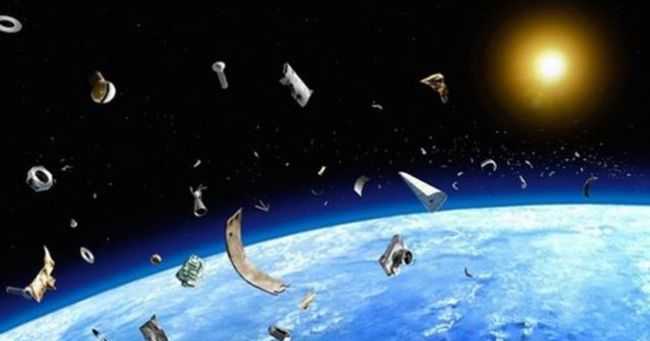The Russian trip has been heavily criticized by NASA for creating space junk that has jeopardized a series of space missions.
Starting Friday (26/11), a solar probe is on a mission to take the closest image of the sun passing very close to Earth. However, this debris from the Russian anti-satellite missile test makes the probe mission more risky and unpredictable.
Meanwhile, the European Space Agency’s (ESA) Solar Orbiter spacecraft glides just 460 kilometers above Earth’s surface. This close encounter, a maneuver called a flyby, will help propel the satellite closer to the sun so it can begin its scientific exploration of the sun.
“The Solar Orbiter will fly through the most polluted area around Earth,” said Andrea Accomazzo, head of the solar system and ESA exploration, which oversees the passage. Space.
Also Read:
New Satellite Design, On the Mission to Find Planets Similar to Earth will be Done
–
–
To keep the Solar Orbiter safe, undisturbed by debris, the team had to run calculations comparing the Solar Orbiter’s path with the trajectories of all known space debris objects.
“The problem is that the test took place recently so there is only partial information about the debris it made,” Accomazzo said. Space, Friday (26/11).
In addition, the US$1.5 billion Solar Orbiter is approaching Earth, operators are refining these calculations. If known space debris appears to be on a collision course with a valuable solar rover, operators will perform a last-minute maneuver to guide the spacecraft through a safer zone.
Keep in mind, the debris from ASAT tests is only a small part of the problem facing the solar probe. The ESA estimates that currently there are about 36,500 pieces of space debris measuring more than 10 cm in orbit around Earth at incredible speeds.
Nevertheless, there are about 1 million fragments between 1 to 10 cm, and a staggering 330 million which are smaller than 1 cm but larger than 1 mm. These fragments are largely invisible, but each can destroy or significantly damage a satellite.
Around August 2016, a fragment of space junk measuring about 1 mm in size hit a satellite solar panel Copernicus Sentinel-1A European Earth observers, created a 40 cm wide hole. The ground control team managed to make up for the loss of power, and the mission continues to this day.
Also Read:
NASA’s Big Telescope Journey to Become James Webb
–
–
“If these particles hit the main body of the spacecraft, it could destroy the computers inside,” Accomazzo said. “Without an onboard computer, the spacecraft could basically crash into a propellant tank. And if it’s a propulsion-dependent mission, if you start leaking, that’s it,” he said.
Editor : Good Fit
Writer : Zulfikar Ali Husen
– .


